“A show within a show,” a technically-difficult set filled with surprises, 60 costumes, dance numbers, over-the-top characters, blindfolded rollerblading, and a live band on stage add up to one of the biggest shows that the Stevens Dramatic Society (SDS) has done in the past several years. Not necessarily a well-known musical in non-theater circles, The Drowsy Chaperone is a high-energy, intricate, and joke-filled show.
The Drowsy Chaperone is one of the largest productions SDS has produced in a long time. Emily Weeks, President of SDS and Producer of the show, believes in the potential and talent of her cast and crew: “It was definitely a challenge trying to get all of the pieces to come together, but I truly enjoyed working with all the professionals this semester […] Working with the cast is is always a challenge for me because I come from the technical side of theater, but with the help of my fellow executive board members I was able to bridge the gap and have a great experience.”
The house lights are turned off and the theater is pitch black. A voice is heard signaling that the The Drowsy Chaperone has begun. Derek Petti, a sophomore student, plays Man in Chair, the narrator of the show. The Drowsy Chaperone follows a man escaping his life through the soundtrack of this fictional Broadway show, also called The Drowsy Chaperone, about the events surrounding the wedding of Broadway star Janet Van De Graaff, who plans to give up her successful career on the stage for married life. The show comes to life in the man’s apartment, resulting in an interesting challenge for the actors. Petti, for one, is on the stage for the entire duration of the show, occasionally pausing the actors on stage to share some commentary. “You have to stay engaged and in character even if the attention isn’t on you at that moment in the show. It can be difficult to recover from slipping out of character since you don’t have any time to collect your thoughts and push forward. But, it also gives you plenty of time to really connect with the audience, which is essential in this show,” explained Petti.
The actors who are in the “show” have a different challenge than Petti, since they essentially have to play two different roles simultaneously. Derek van Rouendal, the Properties Manager of the show, Publicity Manager of SDS, and a member of the cast, explained it as “playing someone who is playing someone else.” For instance, Kiera Dillon plays rising star Jane Roberts, the fictional actress who is playing Janet Van De Graaff, causing Dillon to have to think about the motivation for both Jane and Janet. And, on top of that, there are also many parts of the show where the actors are frozen because Man in Chair has “paused” the recording. Van Rouendal discussed both the mental and physical challenges, explaining, “Not only is it tiring on the mind, since it is natural to want to look at moving objects and focus on where the sound is coming from, but it actually leaves you quite sore.” Julia Cahn, who plays the Drowsy Chaperone herself, also commented on the freezes, saying, “[It] keeps me on my toes. Sometimes the lights go down before I get to where I expect to be, and I just have to freeze making a ridiculous face.” She also talked about the comfort of having Petti moving around the actors on stage: “It’s incredibly comforting. He reminds us that there’s always someone in our corner […] It’s the kind of relationship an actor dreams to have with the audience but never gets the chance to experience.”
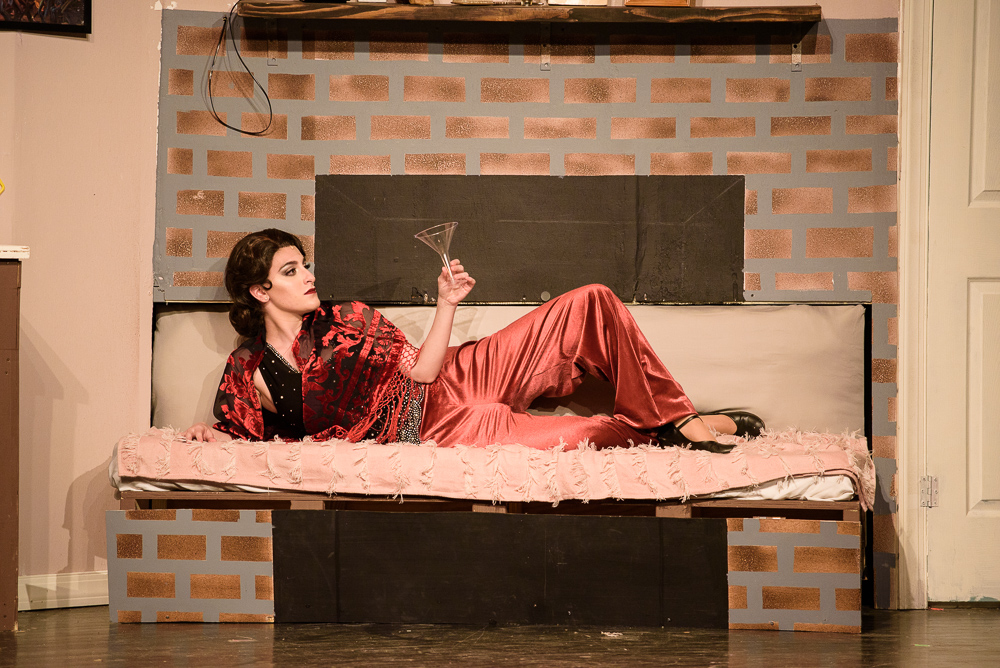
Seemingly filled with challenges for the actors, The Drowsy Chaperone not only had acting challenges but also costume challenges. With such a large cast, 18 to be exact, it is not surprising that there would be a lot of costumes. On top of that, most of the men have at least two costumes each, and the majority of the women have a minimum of three. Abby Hulse, who plays Trix and is one of the Costume Designers, commented on the show “that’s over-the-top in every way, so it makes sense for the characters to have so many different costumes, but it made things very difficult for myself and Carissa Greene, my Co-Costume Designer.” For some of the over-the-top characters, the costumes were a part of their persona. Aldolpho is one such character. Portrayed by Kyle Castillo, Aldolpho is a self-proclaimed ladies’ man who has a personality that takes up the entire stage, literally. Castillo very skillfully uses the entire stage to his advantage with very large movements that don’t seem fake but instead add to his character, and his costume definitely assists him. It is hard not to have a smile on your face when a character who calls himself the “King of Romance” is dancing around the stage in an extravagant black cape.
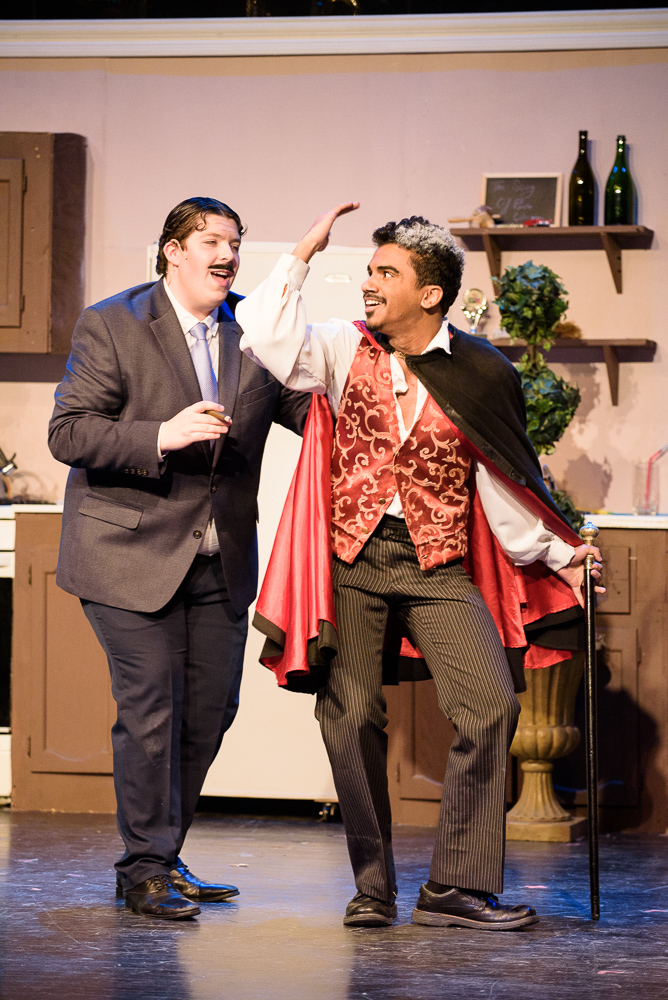
The costumes really help add to the personalities of the characters. Janet Van De Graaff is an attention-loving star. Dillon, who plays Janet, sings a song in which she has five costume changes while claiming, “I don’t wanna show off.” As challenging as this is, it does illustrate to the audience the kind of person that Janet is. Aside from the five costume changes in a single song, Dillon has five additional costume changes. And she’s not the only one! There are six other actors who have a quick change that occurs in less than a minute.
One of the most impressive parts of the show is the set. Meant to initially look like the modern-day apartment of Man in Chair, different parts of the set change in unexpected ways to become the 1920s setting of the show within a show. To create this transition, there are a lot of surprises in the set, and things aren’t always what they seem — everything in the apartment has a dual purpose.
One thing that stood out from previous SDS shows is the placement of the band. Gabriella Poska, the Scenic Designer, said, “From the beginning, we knew we wanted the band to be on stage in order to create the illusion that the sound was coming from the record player and not from a distant spot off stage.” After a lot of discussion over the possible placement, it was decided to raise them higher onto a platform and then cover it with scrim, a material that becomes transparent when light shines from behind it. “This allows the band to be hidden, creating the effect of the sound coming from the record player, but also allows them to be seen at certain times, giving them the credit they deserve,” commented Poska.
The band consists of one keyboard player, two reed players, a flutist, and one drummer. In the original production, the reed parts required the musicians to play multiple woodwind instruments. For one of the original reed players, they had to play the alto saxophone, clarinet, flute, piccolo, and soprano saxophone. Marcus Baker, the Music Director, rearranged the parts for the musicians for the SDS show, making it more manageable. Jie Dai, the flute player, said, “The reed 1 and 2 players will be playing different saxophones and clarinet, and I will be playing the flute and the piccolo.” The 1920s-style jazz music involves constant instrument changes.
“Challenge” is a commonly-heard word when talking to the cast and crew, but there is also a lot of excitement and appreciation for the show. “This show really is something special, and it might be the most important show I’ve ever done,” said Petti. Van Rouendal commented, “If everything was puppy dogs and rainbows, you wouldn’t get to appreciate the absolutely wonderful finished product. I am extremely proud of the cast and the crew for what has been accomplished and what is still to be accomplished throughout the run of this show.”
To see this high-energy, funny show, and musical numbers like “Toledo Surprise,” a song that is filled with pure energy and enthusiasm, audiences can come see the show on Friday, April 5 at 8 p.m. and Saturday, April 6 at 2 p.m. and 8 p.m.
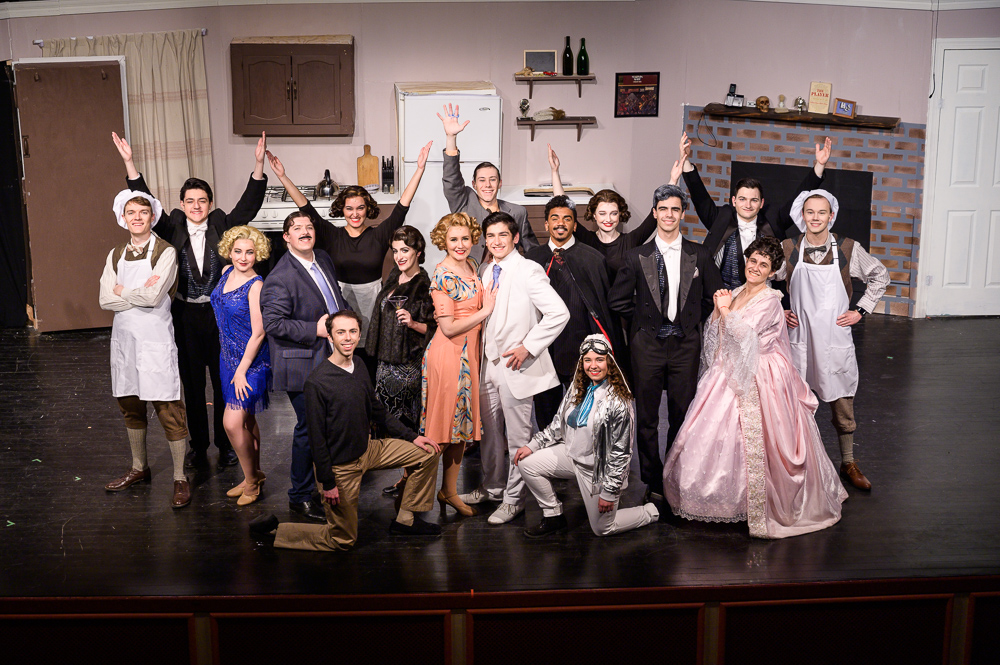
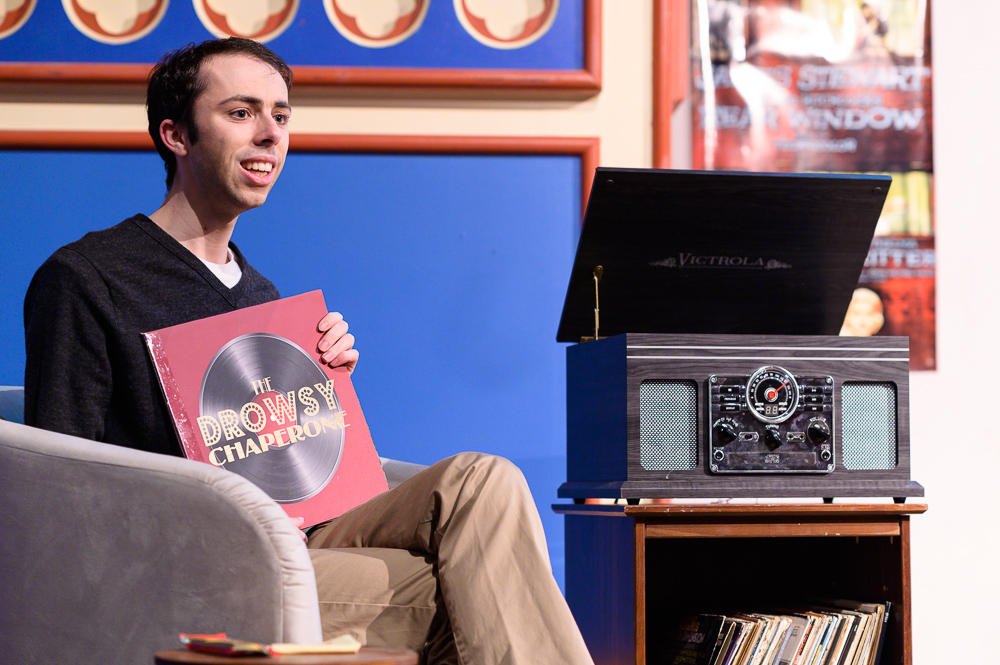
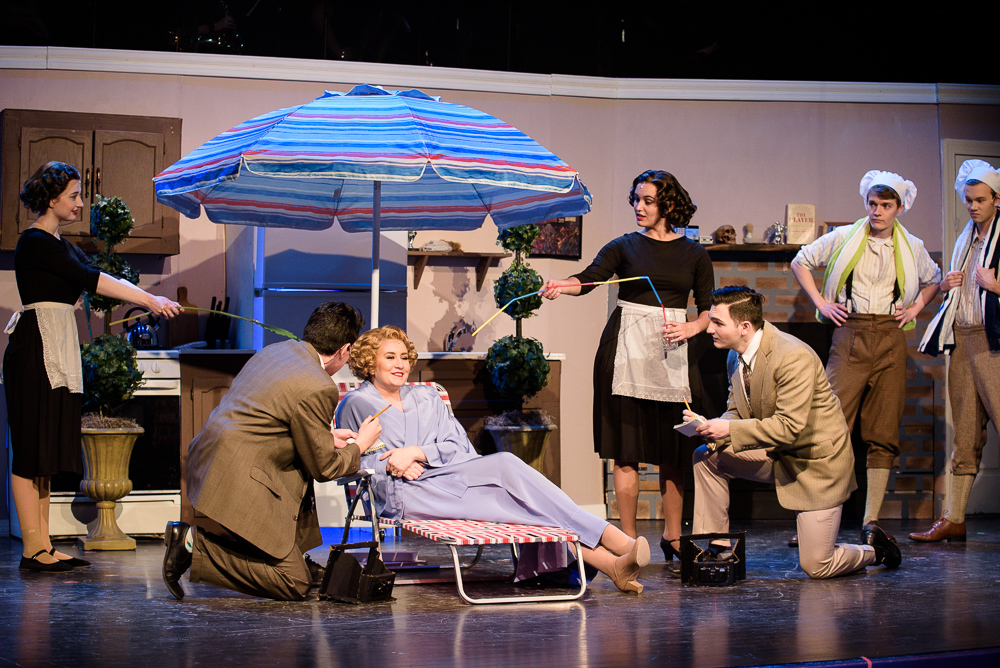
Be First to Comment